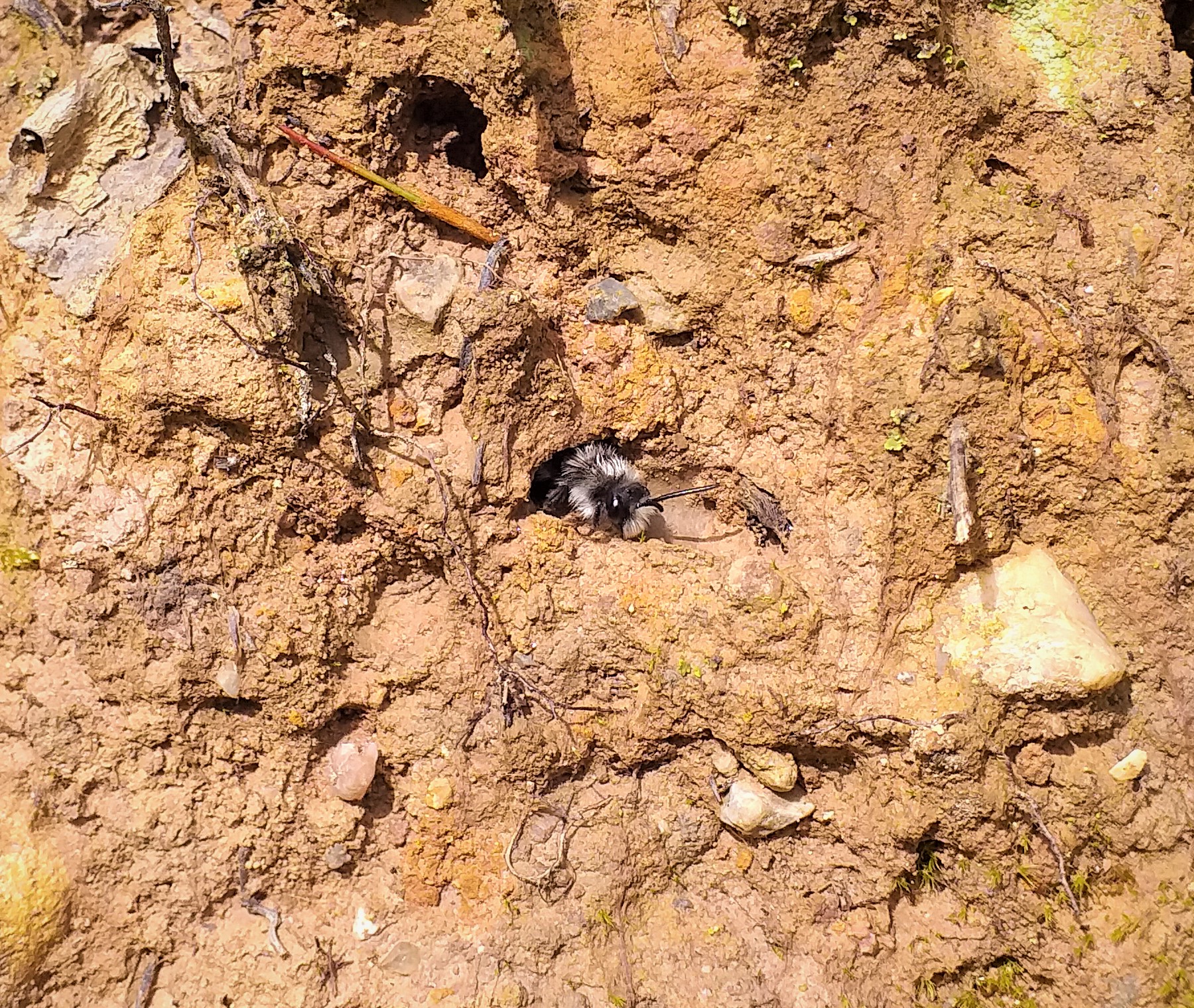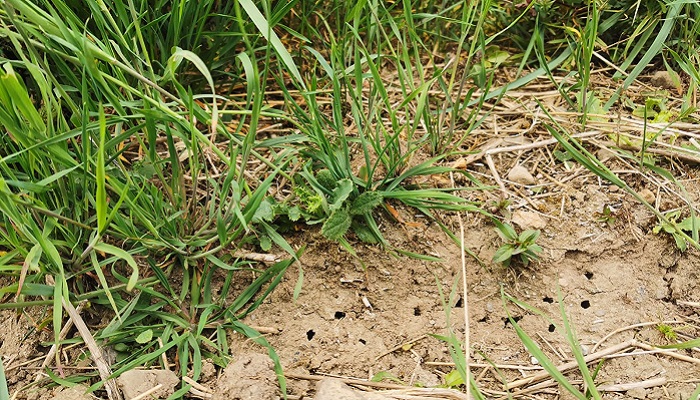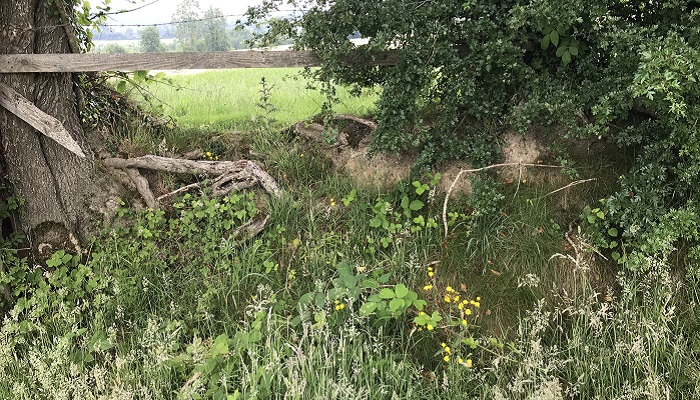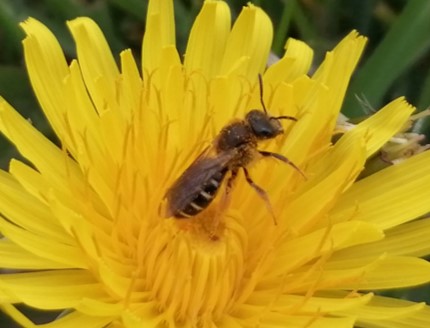05 December 2023
Healthy soil is important for Ireland’s bees

As part of World Soil Day 2023, Saorla Kavanagh and Colm O’Leary explain how pollination services and soil and water are connected, and how they are collectively vital for ensuring resilient farming systems.
The symbiotic relationship of soil and water is the foundation of our agricultural systems. It is estimated that 95% of our food is dependent on soil and water. These fundamental resources bind our ecosystems together.
Soil degradation threatens food security and puts excessive pressure on our water resources. However, soil management practices, such as direct drilling, minimum tillage, organic matter addition, and cover cropping, can help improve soil health and reduce erosion. These practices can also help preserve soil biodiversity, improve soil fertility and contribute to carbon sequestration. World Soil Day 2023 aims to raise awareness of the importance and relationship between soil and water in achieving sustainable and resilient agri-food systems.
Soil has a role to play in mitigating against climate change, ensuring food production and halting biodiversity loss. Pollination services and soil and water are connected, and are collectively vital for ensuring resilient farming systems. Surprisingly for some, healthy soil is important for Ireland’s bees. Over 80% of our bee species are ground-nesters. These bees mine into the soil (sometimes up to 1.5m deep) to lay their eggs.

Many bee species use bare soil to create their nests
‘What’s good for the soil is good for the pollinator and the farmer,’ Kildare Farmer.
As part of the Protecting Farmland Pollinators EIP, a group of 40 farmers collectively created over 300 nesting sites for mining bees on their farms. Within the first four months, the exposed areas of bare soil created by the farmers were successfully colonised. The evidence suggests that hedgerows are the location most likely to be used by ground nesting mining bees on Irish farms. Creating nesting habitat along hedgerows minimises the distance between the nesting site and the potential foraging habitat. The most common bee to nest was Halictus rubicundus (found on nine farms) and dairy farms had the highest species diversity of ground nesting mining bees. Sometimes livestock create nesting sites for bees by rubbing up against banks and removing vegetation creating a “bee scrape”. This is a great example of how farming and biodiversity co-exist.

An example of a ‘bee scrape’

The most common bee to nest was Halictus rubicundus. Image source: Saorla Kavanagh
A Masters Research project led by Colm O’Leary on the nesting ecology of mining bees showed that mining bees preferred nesting in bee scrapes that faced south. South-facing bee scrapes tend to get warmer compared to bee scrapes facing in other directions, as they are more exposed to the midday sun. Increased soil temperatures have been shown to benefit bee larval development and increase bee activity levels, allowing mining bees to go on foraging trips more regularly and pollinate more flowers.
Some farmers are unaware of how easy it is to help pollinators and biodiversity and some farmers are already helping biodiversity on their farm without even realising it. Bees provide a unique vehicle to carry a more complex message and most people have an affinity for bees and understand the free services they provide. The creation and occupancy of solitary bee nests is a clear example of where farmers can instantly see the results of their labour and is perceived to be a positive, easy action that can be taken to help pollinators on the farm. However, mining bees are still understudied and little is known about where different mining bee species prefer to nest.
Walsh Scholar Colm O’Leary is currently investigating the nesting ecology of mining bees on Irish farms under the PhD title “Designing Effective Agri-Environment Measures for Solitary Bees in Ireland”. The project is exploring how different soil types and soil conditions impact where mining bees prefer to nest. The overall aim of the project is to improve our understanding of mining bee ecology and develop more effective methods of conserving bees on Irish farms.
Step by step instructions on how to create nesting sites for mining bees are available in the Protecting Farmland Pollinators evidence-based Action Sheet, which is available here.
For more information on World Soil Day 2023, visit here.
Featured image caption: Ashy Mining Bee pictured by Colm O’Leary
